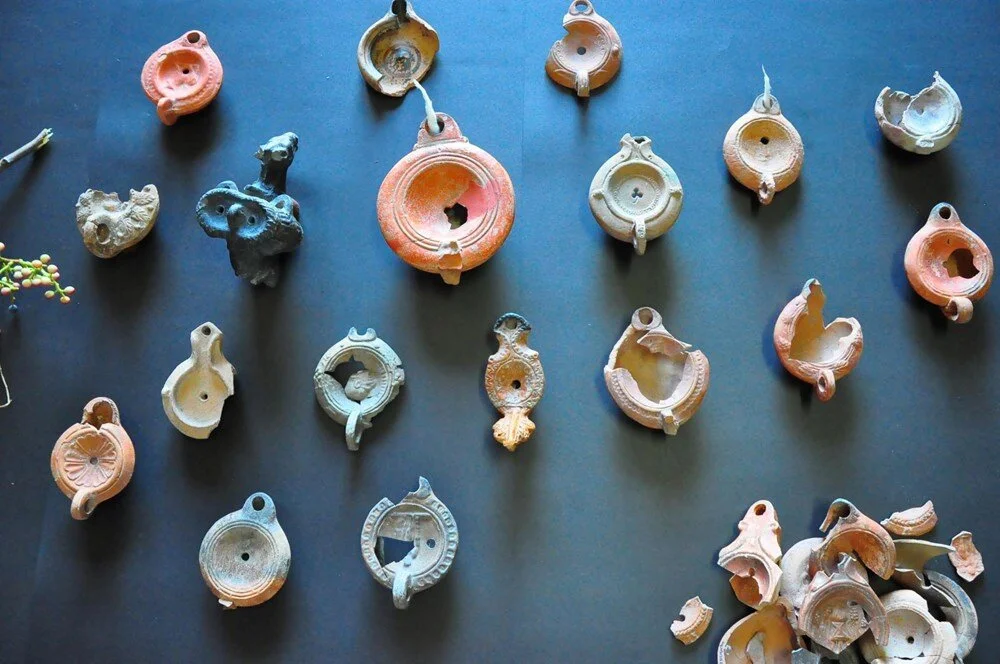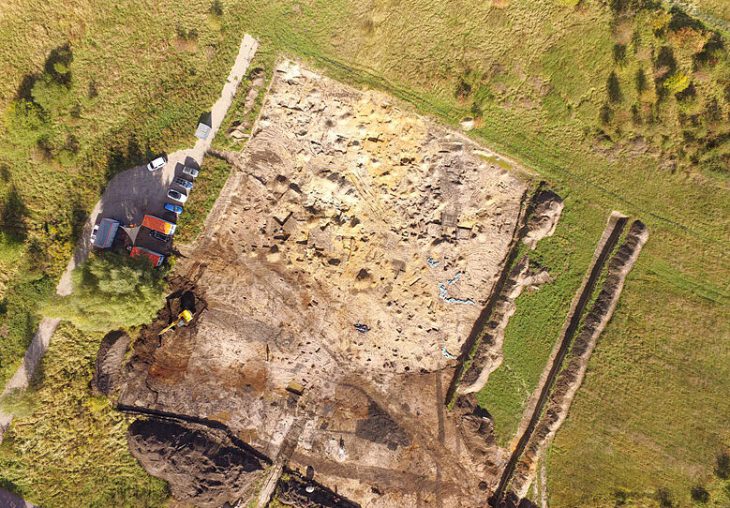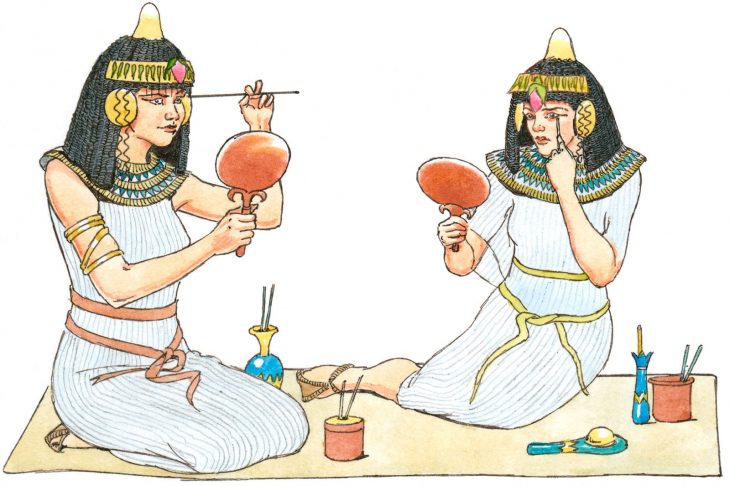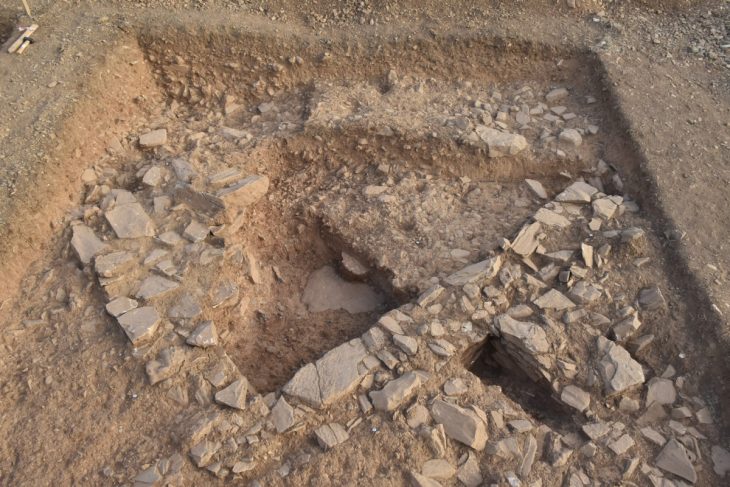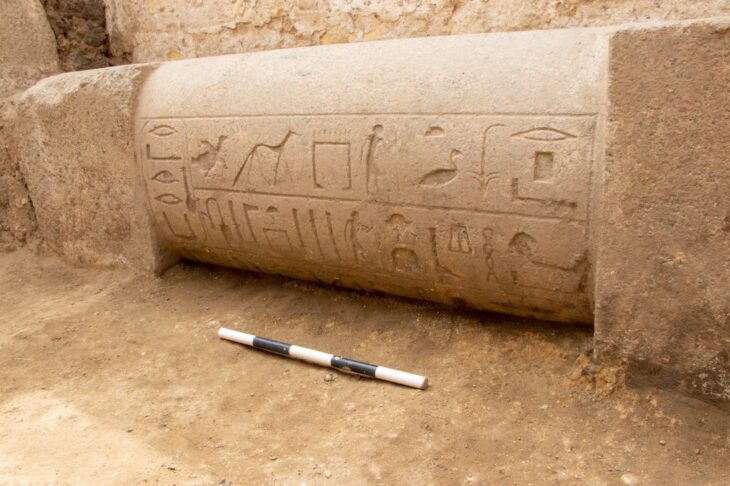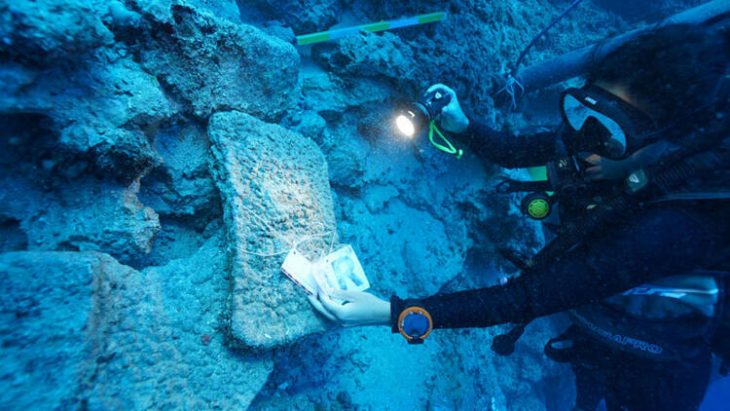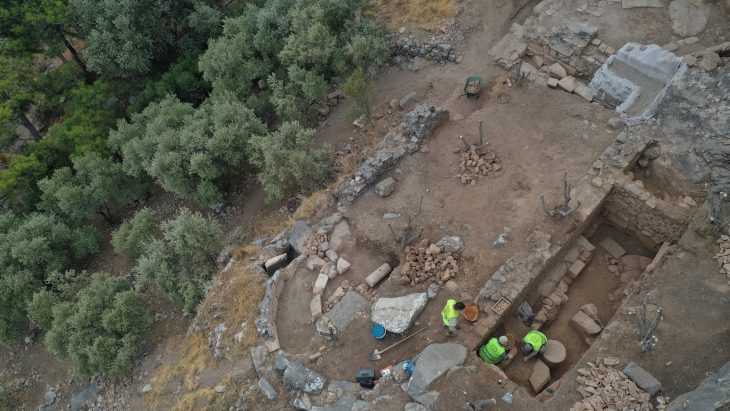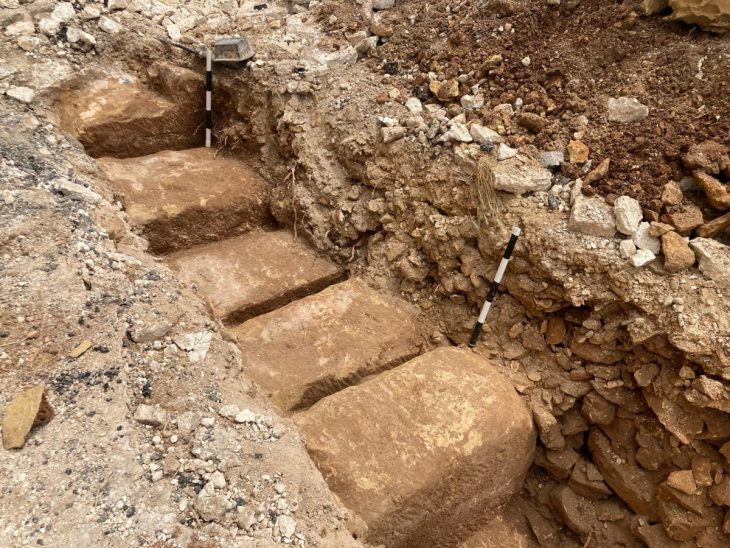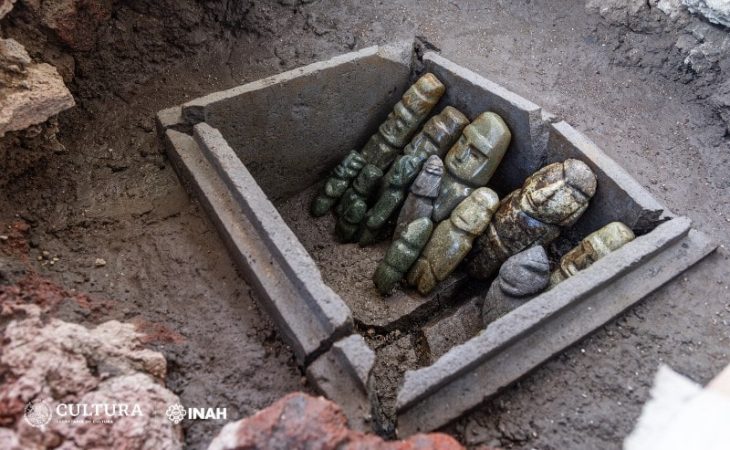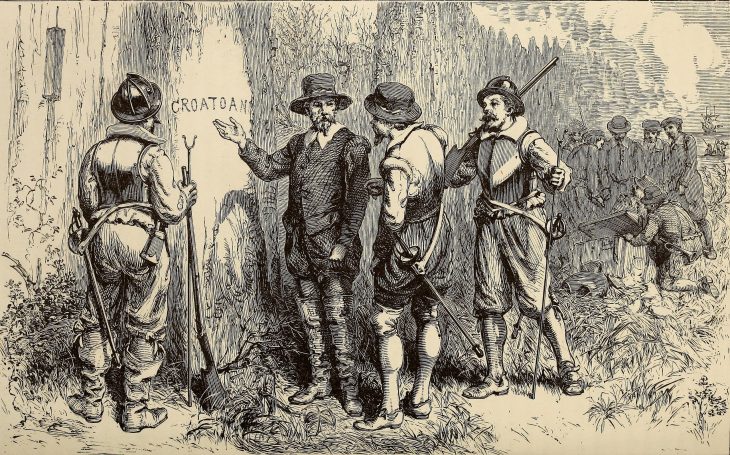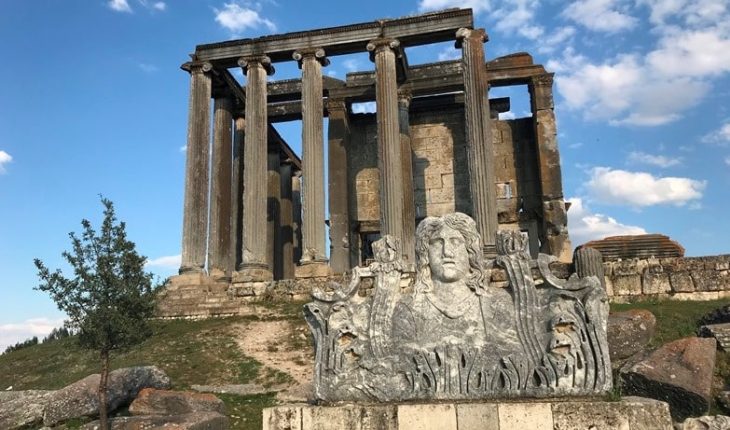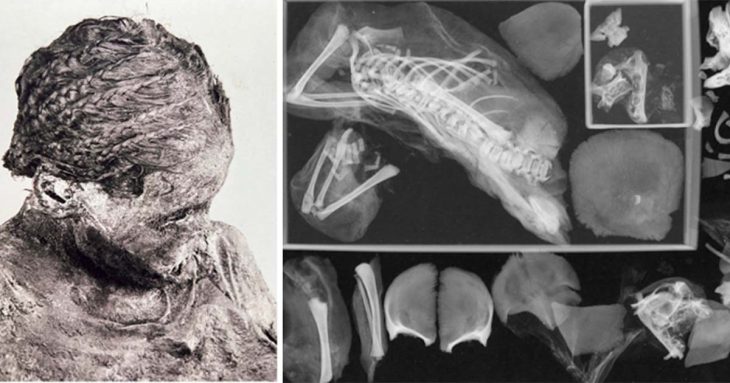During the ongoing excavations in the Aigai Ancient City, located near the Yuntdağı Köseler Village of Manisa province in western Türkiye, hundreds of oil lamps were found, the most recent of which is 1800 years old and the oldest of which is 2500 years old.
Aigai Ancient City, one of the 12 cities founded by the Aiol people, is also known as an important religious site. Spread over 800,000 ha, the wall-surrounded ancient city (asty) was built in the centre of the Aigai land. It was built on Mount Gün, part of a mountain range now known as Mount Yunt, which was referred to as Aspordene in ancient times.
The name “Aigai” is derived from the same root as the ancient Greek word aiga (goat) and means “the land with many goats”. The ancient city, whose name comes from the Greek word “aíga” (goat), is often referred to as “the city of goats”, which is not surprising considering its high altitude and rocky lands. As its name attests, the city’s economy was based on animal husbandry.
This year’s excavations in the ancient city focused on the Athena temple area, the foundations of which were reached in 2021.
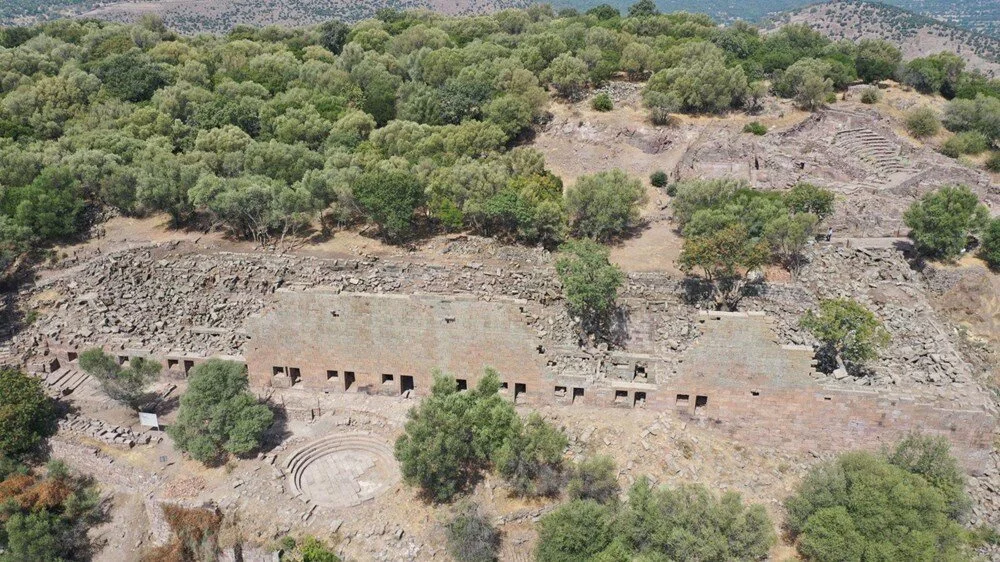
Manisa Celal Bayar University Faculty of Science and Letters Archeology Department Lecturer Professor Yusuf Sezgin said that during this year’s excavations, hundreds of oil lamps were found in the ancient city, especially in the pit known as the city’s garbage dump.
The findings suggest that olive oil was used as fuel in hundreds of oil lamps in the ancient city, with the most recent ones being 1,800 years old and the oldest ones dating back 2,500 years.
Prof. Dr. Yusuf Sezgin in his statement, “The 2023 excavation works began in mid-May and are actively ongoing. Excavations have been carried out intensively in the city since 2004. We have come across a large number of lamps in the excavations. One of the most fundamental needs of human beings is shelter, and the corresponding need is actually for lighting. Illuminating homes during the darkness of the night is a basic requirement. Many oil lamps, especially in a garbage pit we excavated in the city in 2015, were found. These lamps had been broken and damaged, and they had been discarded. After restoring them, we obtained many lamps,” he said.
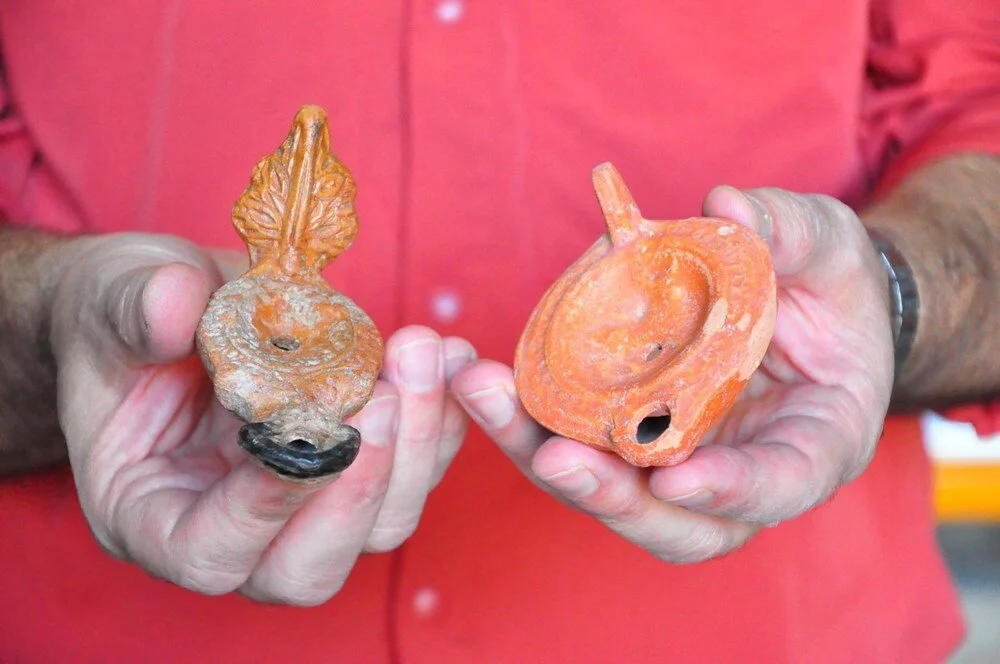
Sezgin continued his remarks by saying, “The fuel used in these lamps is primarily olive oil, which was a fundamental resource in ancient times. Olive oil served two main purposes in antiquity. First, it was used as fuel for lighting in lamps, and second, it was used for body lubrication. It was used less frequently in cooking. These lamps reveal a lot to us. The land of the ancient city is suitable for olive oil cultivation. Besides olive trees, we also encountered a significant presence of pistachio (terebinth) trees in Aigai. Until recent times, there were workshops in many areas near the ancient city that produced pistachio oil. They primarily used pistachio oil in cooking.”
Stating that they have many more well-preserved oil lamps, Professor Sezgin stated that the artifacts will be exhibited when the Manisa Museum opens.

